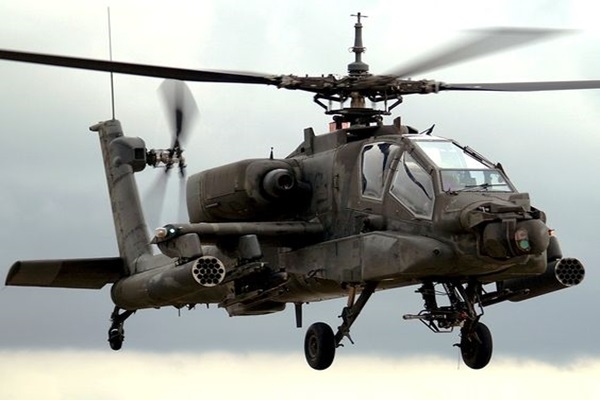Indian Air Force Develops High-Altitude Starting Equipment for Apache Attack Helicopters
Total Views | 144
The Indian Air Force (IAF) is currently developing specialized equipment to allow its Apache assault helicopters to be deployed at very high altitudes along the Line of Actual Control (LAC).

The fundamental difficulty in stationing aircraft at such elevations is starting the engines in rarefied air and low temperatures, which are common in high-altitude settings.
According to an IAF officer, the goal is to develop a starting aggregate capable of producing the requisite electrical, hydraulic, and pneumatic power to initiate helicopter engine start-up at an altitude of 16,000 feet. The portable equipment will be transportable by Mi-17 helicopter, increasing the ability to deploy attack helicopters closer to the LAC.
The US-supplied AH-64 Apache helicopters have been operating in Ladakh since the 2020 standoff with China, providing critical tactical fire support to ground forces.
The IAF hopes to improve operational capabilities by reducing reaction time in emergency scenarios, increasing operational flexibility, and extending the loiter duration of Apache helicopters over important operating zones.
While the Apache has a service ceiling of 20,000 feet, operating bases in the region such as Leh, Thoise, Nyoma, and other helipads are located at lower altitudes. The development of high-altitude starting equipment will allow the IAF to strategically station Apache helicopters at varied altitudes, leading to a more agile and responsive defensive posture.
While the Apache has a service ceiling of 20,000 feet, operating bases in the region such as Leh, Thoise, Nyoma, and other helipads are located at lower altitudes. The development of high-altitude starting equipment will allow the IAF to strategically station Apache helicopters at varied altitudes, leading to a more agile and responsive defensive posture.
The IAF now employs 22 AH-64E Apache helicopters, which are replacing old Mi-25/35 attack helicopters of Soviet origin. In addition, the Indian Army plans to purchase six Apache helicopters, which will be stationed largely in the Desert Sector and will begin service with the Army Aviation Corps in the spring of 2024. The Apache helicopters are an important part of India's defense capabilities, and continuing improvements aim to optimize their deployment across diverse and difficult terrains.
Source : AFI
Bharati Web







